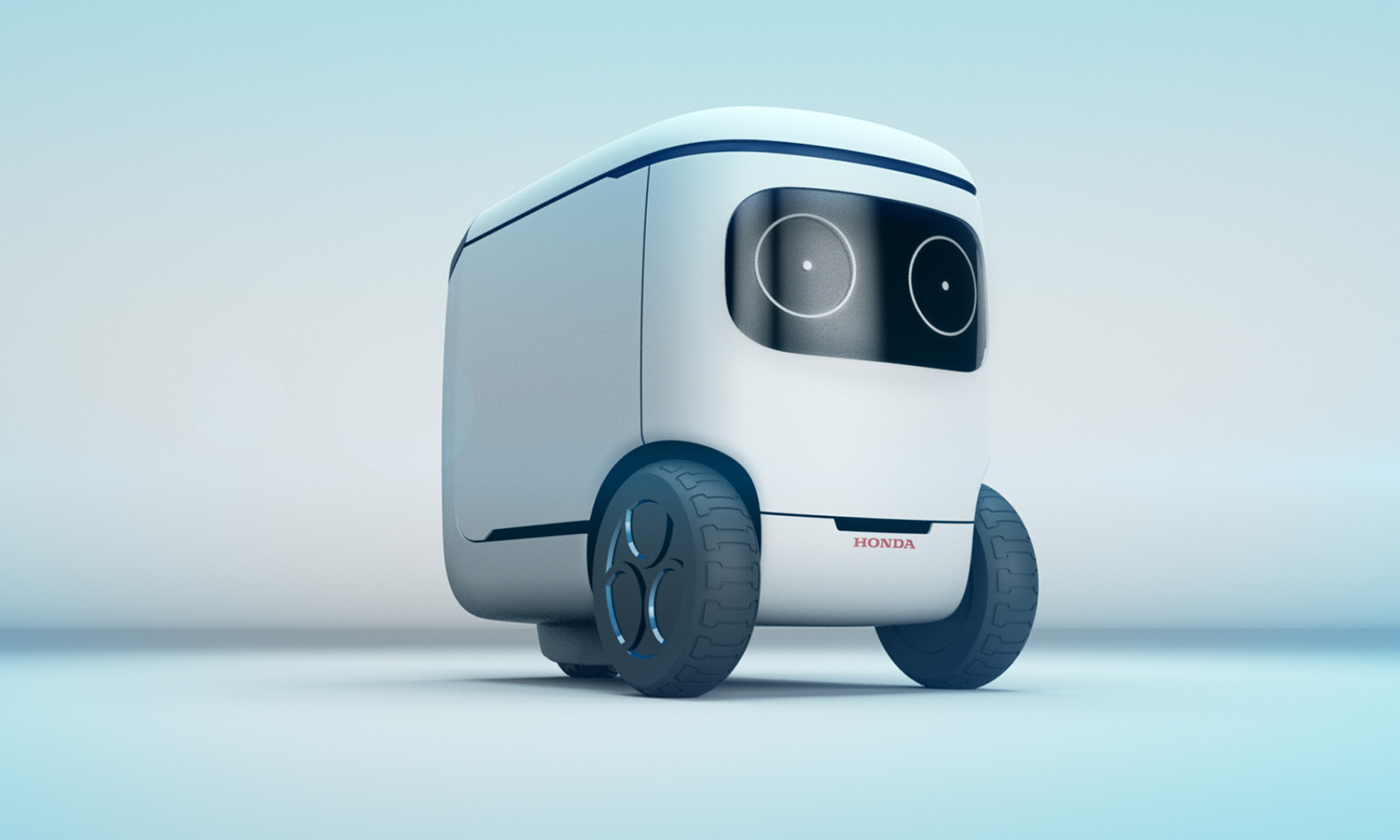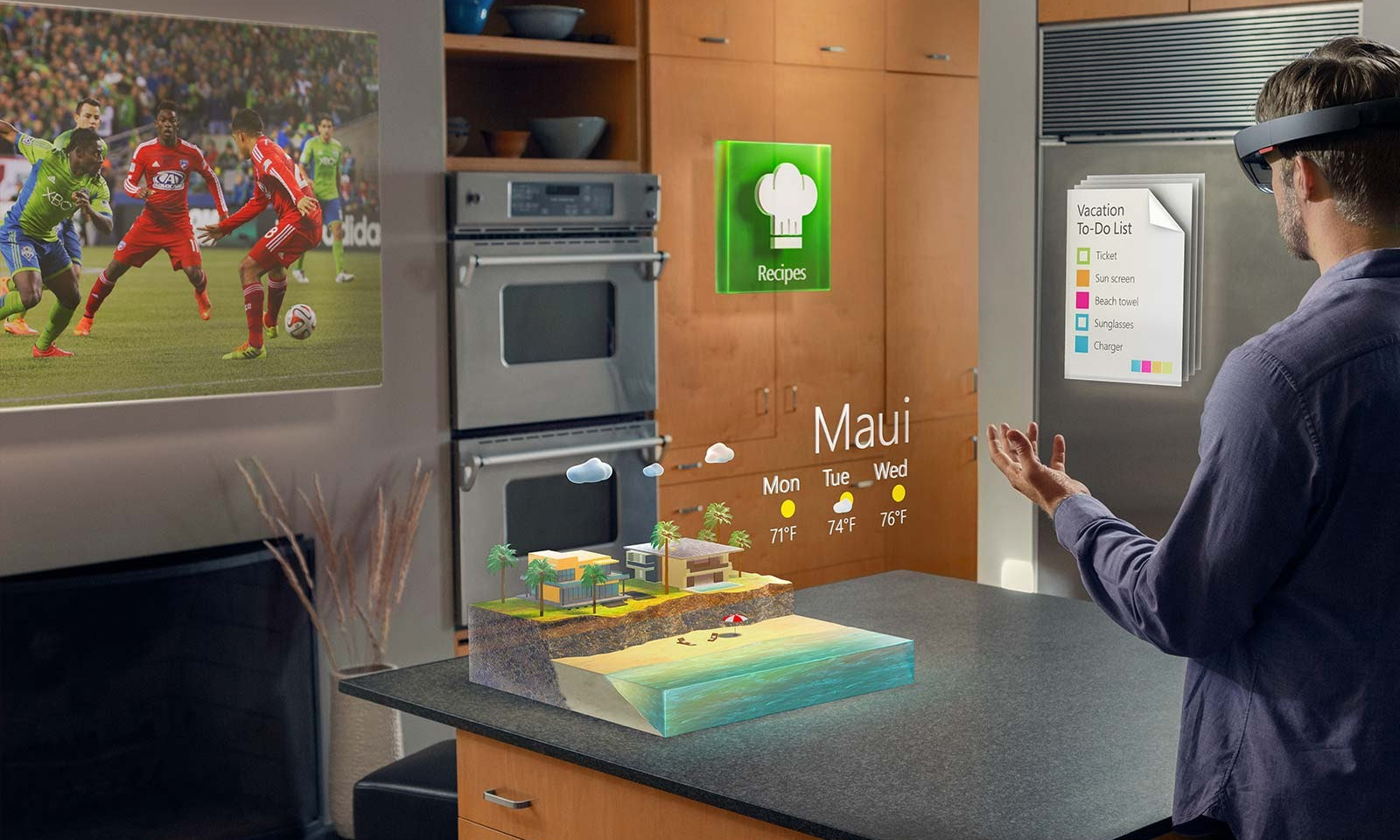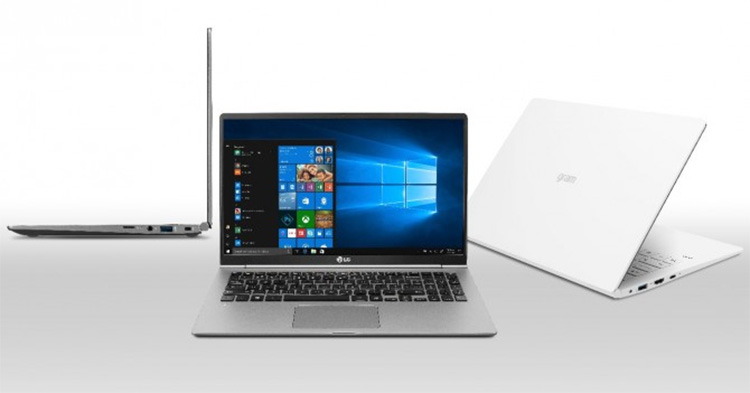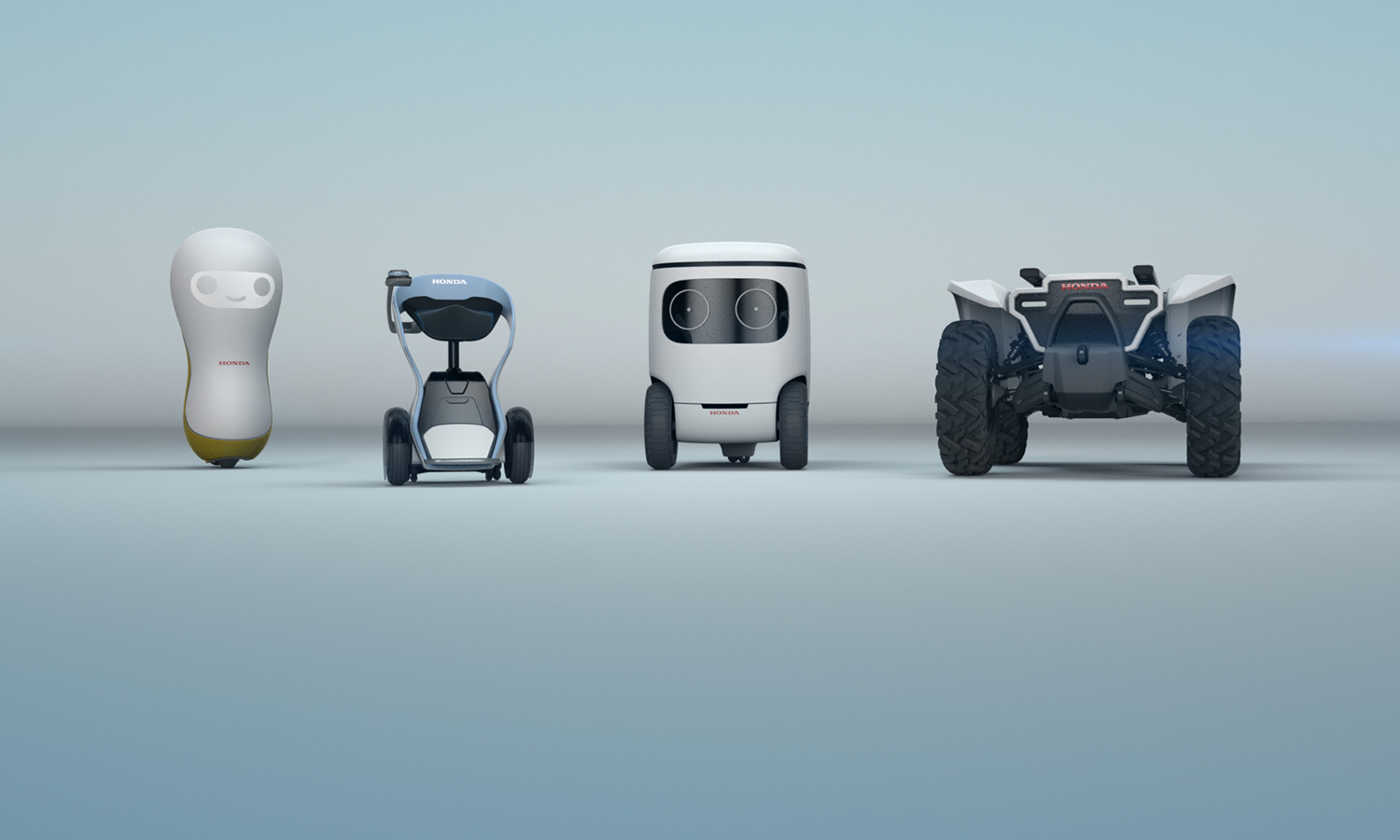8 Biggest Tech Trends to Watch at CES 2018
From over-the-air wireless power and AI breakthroughs to killer new augmented reality apps, these are the top tech trends to watch for in 2018.

As technology marches forward, we're always looking for the next big thing, but that thing could be a gadget or a breakthrough that will power an entirely new category of products. At CES 2018, we'll see the industry's pioneering spirit on full display as more than 3,900 companies and 170,000 people converge on Las Vegas for the biggest technology show of the year.
The biggest theme? That would be AI.

"What will be most talked about is artificial intelligence, both the speed at which AI is improving and the speed at which it's becoming omnipresent in both the B2C and B2B spaces," said Steve Koenig, senior director of market research at the Consumer Technology Association.
Our team of editors and writers will also go hands-on with more advanced smart home devices that work with multiple assistants, laptops with over 20 hours of battery life and robots that are as practical as they are adorable. Here are the biggest trends for CES 2018.
Over-the-air wireless charging gets real
Many flagship phones these days charge wirelessly, but you still need to drop them on a Qi-compatible charging mat with (you guessed it) a wire that goes from it to an outlet. The next big thing in power is true wireless charging, which means delivering juice to your phone or other device over the air.

A company called Energous has just received approval from the Federal Communications Commission for its WattUp Mid Field transmitter, which sends RF-based power to devices at a distance. How far? Just 3 feet, but it's a start, and the technology could find its way into everything from phones and smart watches to wireless keyboards and smart speakers.
Meanwhile, Powercast has announced that it will unveil its PowerSpot transmitter at CES. The company says the transmitter can charge multiple devices at a distance of up to 80 feet by creating a Wi-Fi-like coverage area and using the 915-MHz ISM band to send RF energy to a small Powercast receiver chip embedded in a separate device.
Get instant access to breaking news, the hottest reviews, great deals and helpful tips.
MORE: Best Qi Wireless Chargers for Your iPhone 8 or iPhone X
Smart home: Alexa dominates, but here comes Google Assistant
At CES 2017, Alexa reigned supreme, with dozens of products announced that had Amazon's assistant inside. We don't expect that trend to subside, but Alexa will get more competition from products that work with Google Assistant.

"You're going to see the competitive landscape not heat up -- it's going to be a wildfire," said CTA's Koenig
For instance, LG has already announced its own ThinQ smart speaker that's compatible with Google Assistant. It will also be able to control LG's own smart appliances. We also anticipate more smart TVs with Google Assistant inside to make appearances at CES 2018.
Google will have a huge presence at this year's show. The Verge reports that the company has already set up a sizable installation that will be dedicated to "Hey, Google" and Google Assistant. Google has also plastered monorails with its Google Assistant logo, so it's highly likey there are some announcements in store.
Apple continues to play the role of underdog with Siri and its HomeKit protocol, but it should become more prominent in 2018. That's because Apple is now enabling smart home device makers to build in support via software instead of using a dedicated HomeKit chip. As of press time, there were 21 HomeKit products listed on Apple's website as coming soon, and many of these will likely be shown at CES.
"CES 2017 saw an explosion of Alexa skills across a number of device categories. We're going to double down on that at CES 2018, layering in with support for Google Assistant. We're expecting a lot to happen there," said Koenig.
MORE: The Best Products That Work With Amazon Alexa

At CES 2018, you'll see the Vobot Halo, a stylish smart light clock with Alexa, as well as the Blink Video Doorbell, a $99 device that's coming next year. In fact, Amazon has agreed to acquire Blink to accelerate its smart home domination.
Security will be a huge theme at CES that extends to all-in-one security systems that hope to build on the success of products like SimpliSafe. The upcoming Angee has a 360-degree camera, voice recognition and motion sensors, and we'll see a separate home security gateway that supports HomeKit, Alexa and Google Assistant.
Micro-LED TVs arrive, but OLEDs aren't standing still
If you haven't heard of micro LEDs, you will. Apple is reportedly working on bringing this technology to the Apple Watch, and it could very well debut on a new TV from Samsung at this year's CES. According to ZDNet, Samsung could debut a 105-inch micro-LED set.

So what makes micro LEDs so special? They have LEDs smaller than 100 micrometers — slimmer than the width of a human hair. According to Patently Apple, each of the red, green and blue subpixels in micro LEDs produces its own light, offering high contrast ratios and deep blacks. In addition, ZDNet says the displays will consume less power and won't suffer from burn-in as OLED panels do. In other words, Samsung could give OLED TVs a serious run for their money.
But there's a reason OLED is king, at least for now. And we expect to see new sets from LG and Sony with improved picture quality, as well as new features and capabilities. That should include smarter interfaces that make much better use of voice interaction, eliminating the need for a separate streaming box.
And, yes, there will be at least one 8K TV on display at the show, even though we're still waiting for broadcasters and service providers to get their 4K acts together. LG is first out of the gate with an 88-inch 8K set; as reported by Engadget, it's the largest OLED TV yet.
MORE: Best Cheap 4K TVs (Under $500), Ranked from Best to Worst
Augmented reality steps out of VR's shadow
While virtual reality has started to mature with products like the PlayStation VR and now more affordable Oculus Rift, AR is poised to have a breakout year in 2018. The goal: deliver more immersive experiences without the need to shut yourself off from the rest of the world.
The company with the most buzz right now is Magic Leap, which has finally given its hyped glasses a name. The One Creator Edition consists of a pair of specs that connect to a separate small computer you wear, called the Lightpack. A small Control wand will provide six degrees of freedom. However, there's no word on whether Magic Leap will be at CES 2018.

What we do know is that several companies will be bringing their AR wares to a dedicated Augmented Reality Marketplace at the show (South Halls 1 and 2), including Carl Zeiss, Occipital, Kinmo, Kodak, Royole and Sony. Netflix will also be in the AR marketplace, so it's possible the company will have some news to share at the show.
Although it’s targeted primarily at workers, the X1 Smart Glasses from Third Eye has some potential. Shipping in February, the glasses deliver a 90-inch screen size and will come with integrated AR applications.
But CES 2018 won't just be about AR hardware. We've seen several promising apps in recent months, including ones like Chalk, which allows you to draw on the live camera view of someone else's phone.
"There will be a lot of announcements around different AR apps and creative uses on mobile platforms like iOS and Android," said Koenig. "And it all adds up to redefining the mobile experience.
MORE: Best AR Apps for iOS (So Far)
The laptop chip war escalates
Intel's 8th-gen core processor is speeding up a wide range of ultraportables, and a few systems have already been announced for CES 2018, including three very light LG Gram models that promise to last "up to a full day on a charge." The 13.3-, 14- and 15.6-inch models are rated to endure from 19 to 22.5 hours on a charge. There are also new Samsung Notebook 9 laptops on the way, including one with an S Pen.

But Intel isn't stopping there. The company is also partnering with AMD to create a combo chip for laptops; it pairs an 8th-Gen Core i CPU with AMD graphics. We expect to see at least a couple of models on display at the show. But AMD is also pushing ahead on systems that use its own Ryzen Mobile chips, and from what we've seen in our face-off between Ryzen Mobile and Intel's 8th Gen Core, shoppers can expect great performance at a good price.
Not content to sit on the sidelines, Qualcomm has debuted its first Snapdragon-powered laptops running Windows 10 S via partners like Asus and HP. The devices are lightweight and promise more than 20 hours of battery life. We anticipate getting more hands-on time with these systems at CES and expect to see more designs debut.
MORE: Best 2-in-1s - Laptop/Tablet Hybrids
Robots take over (again)
Stop us if you heard this one before: "This year is going to be the year of the robot." While they're usually the most exciting things to ogle at CES, many robots we see at the giant tech show either fail to come to market or just don't impress when they finally ship. A good example is the $800 Ubtech Lynx, a robot with Alexa inside and the ability to strike yoga poses. It just doesn't do enough for the money.

But that doesn't mean there isn't reason to be excited about what's coming next. For example, Root is a practical and easy-to-use robot that can teach kids to code, and it's shipping starting this spring for $199. Meanwhile, Sony made waves a few weeks back with the launch of a new Aibo robot dog in Japan that's designed to form an "emotional bond with members of the household." It's possible that Sony could announce plans for the robot to hit the U.S.
In addition, Honda will show off four robot concepts at CES to demonstrate the company's vision of a society in which robotics and AI can assist people. Our favorite so far is 3E-A18, a companion robot that "shows compassion to humans with a variety of facial expressions." CES will have an entire Robotics Marketplace in the South Hall at the Las Vegas Convention Center, and we'll be bringing you all the big highlights.
MORE: Best Robot Vacuums - Pet Hair, Cheerios and Sawdust ...
Phones: Riding the affordable wave, preempting the S9
You can pretty much forget about seeing the Samsung Galaxy S9 at CES, but t other handsets may be announced at this year's show. One of the biggest trends is low-cost phones that deliver premium features. For example, the Honor 7X boasts a large, 5.9-inch screen with minimum bezels, dual cameras and solid performance for just $200.

Honor's parent company, Huawei, looks to be making a big splash in 2018. According to a report in The Information, the company is starting a massive $100 million marketing campaign to get the word out about its brand in the U.S. and could be bringing its well-received Mate 10 flagship to AT&T.
And Sony is rumored to unveil its first Snapdragon 845-powered device at CES 2018, according to XDA Developers, which says the phone could sport a 18:9 display.
MORE: Most Anticipated Phones
A modular self-driving car; electric gets smarter
Although the North American International Auto Show takes place in Detroit only a week after CES 2018, but the latter is starting to steal some of the former’s thunder. That's because technology — whether it's safety features or infotainment systems — has become the biggest focus for the auto industry.

When it comes to self-driving vehicles, the wildest one on display could be the Rinspeed Snap, a concept that combines a high-wear chassis ("skateboard") with a durable passenger safety cell ("pod"). There are three screens per occupant, an optional robot personal assistant and six onboard projectors to display notifications to pedestrians and other vehicles.
On the more practical front, the Raven from Klashwerks could be the ultimate add-on for your vehicle. This dashboard companion provides access to real-time driving info in your line of sight, and it features both internal and external cameras, mobile app integration, GPS and more. It isn't cheap, though: Preorders start at $269, and you'll need to add a subscription for LTE connectivity as well.
MORE: Best Electric Cars You Can Buy in 2018
The more affordable Muse from Speak Music could find a home in many cars, as it adds Alexa to your vehicle for just $59. This small Bluetooth accessory can stream music, close the garage, order items with your voice, check your next appointment and more.
But if you're in the market for a new car and you want to a voice-first interface? There's good news on that front, too.
"We're expecting a number of car manufacturers will be partnering with Amazon Alexa or Google Assistant," said CTA's Koenig.
If you're growing tired of all the hype around Tesla, you'll be happy to know that a new player in the electric-car arena will be showing off its new vehicle at CES 2018. The Chinese startup Byton is calling its innovation a "Smart Intuitive Vehicle," or SIV. The website doesn't offer a ton of details, but the company promises a "revolutionary user interface … that will recognize your face, understand your voice and read your hand gesture." Byton's SIV will also supposedly make suggestions based on your location and entertainment preferences.
Mark Spoonauer is the global editor in chief of Tom's Guide and has covered technology for over 20 years. In addition to overseeing the direction of Tom's Guide, Mark specializes in covering all things mobile, having reviewed dozens of smartphones and other gadgets. He has spoken at key industry events and appears regularly on TV to discuss the latest trends, including Cheddar, Fox Business and other outlets. Mark was previously editor in chief of Laptop Mag, and his work has appeared in Wired, Popular Science and Inc. Follow him on Twitter at @mspoonauer.

